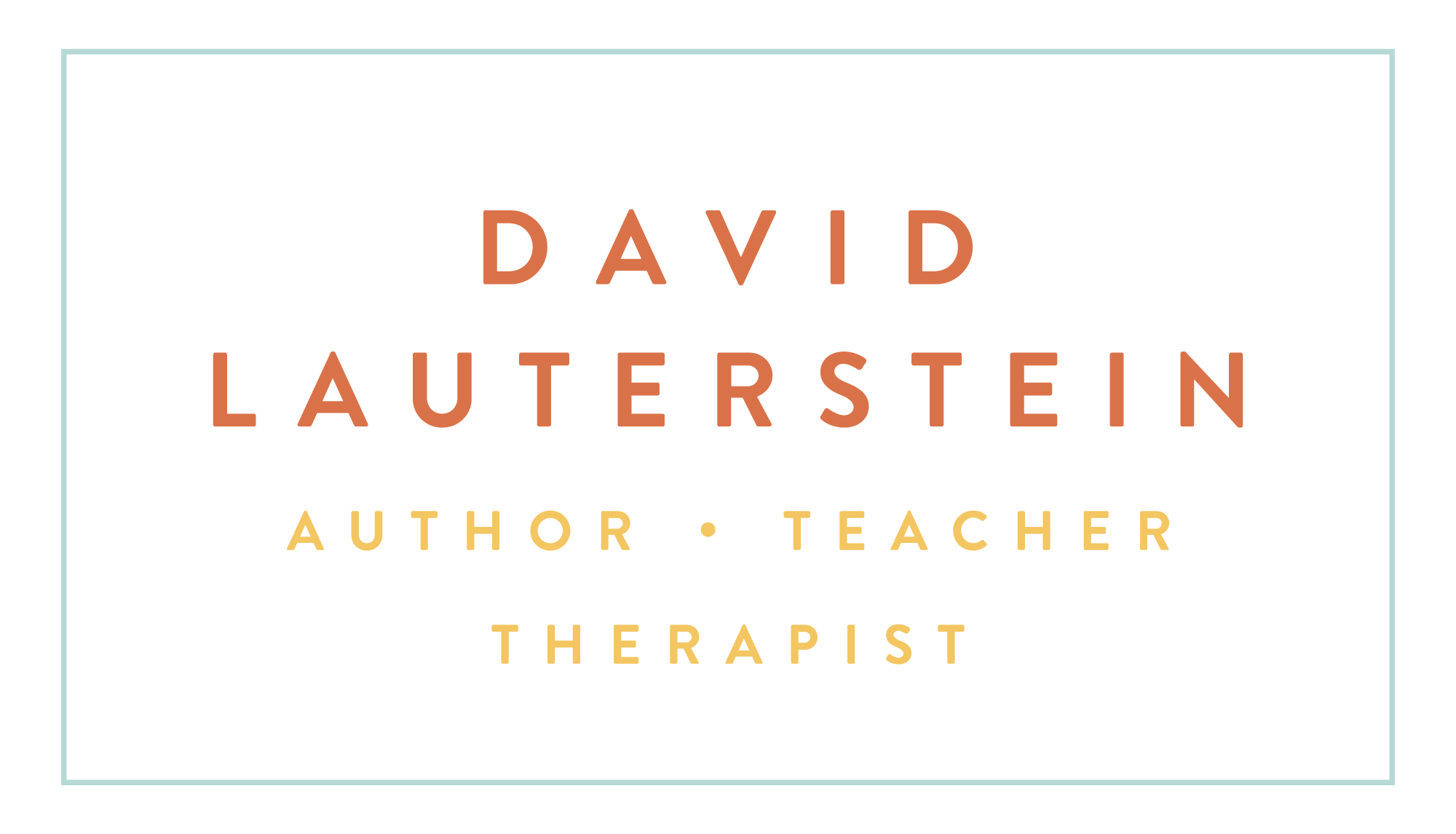EVALUATION AND FULCRUMS IN ZERO BALANCING
A fascinating, subtle, and super important aspect of Zero Balancing is that you “evaluate” a bone or joint before you choose to place a fulcrum in it.
First, there is the commitment to deep curiosity, compassion, and care involved in getting to know a place in a person before you choose to “do” anything.
“Evaluation” is not an ideal word, because it implies a one-way flow of information, somewhat like a diagnosis. Better - consider that you are establishing a relationship (especially of equality) with a person through a certain place within their bodymind. Then along with this, goes the awareness that you are not just “getting” information, you are, more importantly, “giving” or offering information to your client’s bodymind. In other words, “evaluation” is a gift and a communication that gives the person more self-knowledge.
An evaluation should generally feel good! The only time when it may not feel good is when you find an unusually tender or painful spot or movement. That of course is useful information for you both. But it’s important to remember that evaluations should generally feel good.
Importantly - they are brief – each lasting not more than a second or two – as anything longer may turn it into a fulcrum.
After you’ve done a set of evaluations – probes, evaluatory joints movements, etc. – then you go back. And often people think now it is time for fulcrums.
Yes, but not exactly.
Now you need to not bypass re-evaluating because what you found in the immediate past may already have changed. Also you may find new places that call out to you. If you just do fulcrums without reevaluating that means you’re making therapeutic decisions based on what you recall from the immediate past, what you felt before. Therefore you are not fully present with them in the NOW.
So you re-evaluate. Then if you find a place that calls for a fulcrum, go for it!
What is involved in making it a fulcrum?
1. Duration – importantly dwelling with the client in a certain place gives them the time and opportunity to sink more deeply into their own experience.
2. Watch for “working signs.” With an evaluation you are not focusing on the client’s response, more on what you feel and perhaps allowing just enough time for them to feel it to.
In a fulcrum, which requires more duration, you are watching for working signs – changes of breath, facial expressions, involuntary movements, etc. – that show the client is integrating the work.
Remember it is less important what you do than what they do with it. Fulcrums can be short or longer – usually anywhere from 2-5 seconds.
Sometimes after a set of fulcrums in an area, you may choose to re-evaluate, this time not so much to explore, as to acknowledge and celebrate the greater balance, freedom and energy flow through this area. In some cases, your reevaluation may indicate that yet another pass of fulcrums may be called for, but usually not.
So empower the communications that are given through evaluating. Self-knowledge is in many ways the greatest gift we can give the client. Through the care, curiosity and clarity embodied in evaluating, the client then feels, consciously and/or unconsciously, safe and informed when and where we choose to do fulcrums. Then they experience better therapeutic outcomes and deeper ease – because we’ve committed to knowing them prior to make any body-mind suggestions
So please deeply enjoy evaluating and the ease which then will accompany your fulcrums and their experience.

